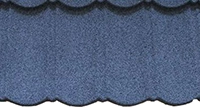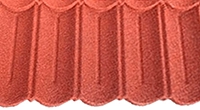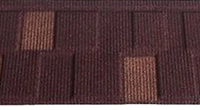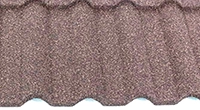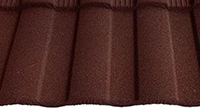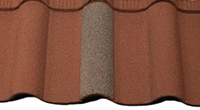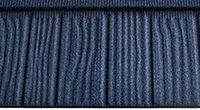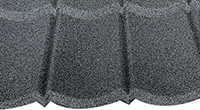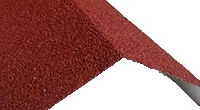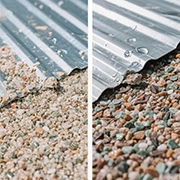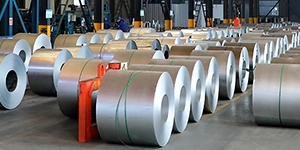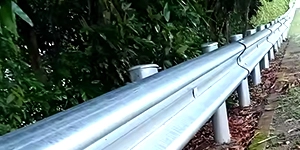How Is the Production Process of Stone - Coated Metal Roofing Tiles Different from Traditional Roofing Materials?
The production process of stone - coated metal roofing tiles sets them apart from traditional roofing materials in several distinct ways. Understanding these differences can help builders, homeowners, and architects make more informed decisions when choosing a roofing material.
Let's start with the raw materials. For traditional roofing materials like clay tiles or asphalt shingles, the starting materials are quite different. Clay tiles begin with raw clay, which is mined, shaped, and then fired in a kiln. Asphalt shingles are made from a base mat, usually fiberglass or organic felt, which is then coated with asphalt and topped with mineral granules. In contrast, stone - coated metal roofing tiles start with a metal substrate, typically galvanized steel or aluminum - zinc alloy. This metal base provides a strong and durable foundation, something that traditional materials may not offer to the same extent.
The shaping process is also a key differentiator. Clay tiles are formed by hand - molding or using molds and then fired at high temperatures to harden. Asphalt shingles are cut into shape from large rolls. Stone - coated metal roofing tiles, on the other hand, are first cut into the desired tile shape from metal sheets. This is often done using precision cutting machines to ensure consistent sizing. After cutting, the tiles are then pressed into molds to create the desired texture, such as a slate - like or shake - like pattern.
The coating process is where stone - coated metal roofing tiles truly stand out. Once the metal tiles are shaped, they are coated with a layer of adhesive. This adhesive is specifically formulated to bond well with both the metal and the stone particles. Next, a layer of stone chips or granules is evenly applied to the adhesive - coated tile. These stone particles are not just for aesthetics; they also add an extra layer of protection against the elements. The stone - coated tiles are then cured, usually through a combination of heat and time, to ensure that the stone particles are firmly adhered to the metal. Traditional roofing materials don't have this unique combination of a metal base with a stone coating.
Quality control in the production of stone - coated metal roofing tiles is also more rigorous in some aspects. Since the metal substrate is a crucial part of the tile's integrity, manufacturers closely monitor the thickness and quality of the metal. They use sophisticated measuring tools to ensure that the metal meets the required standards. In addition, the adhesion of the stone coating is tested to make sure it can withstand harsh weather conditions without the stone particles falling off. Traditional roofing materials may have different quality control focuses, such as the color consistency of asphalt shingles or the strength of fired clay tiles.
The production process of stone - coated metal roofing tiles is a complex and unique combination of metalworking, coating, and quality control processes that differentiates them significantly from traditional roofing materials.
